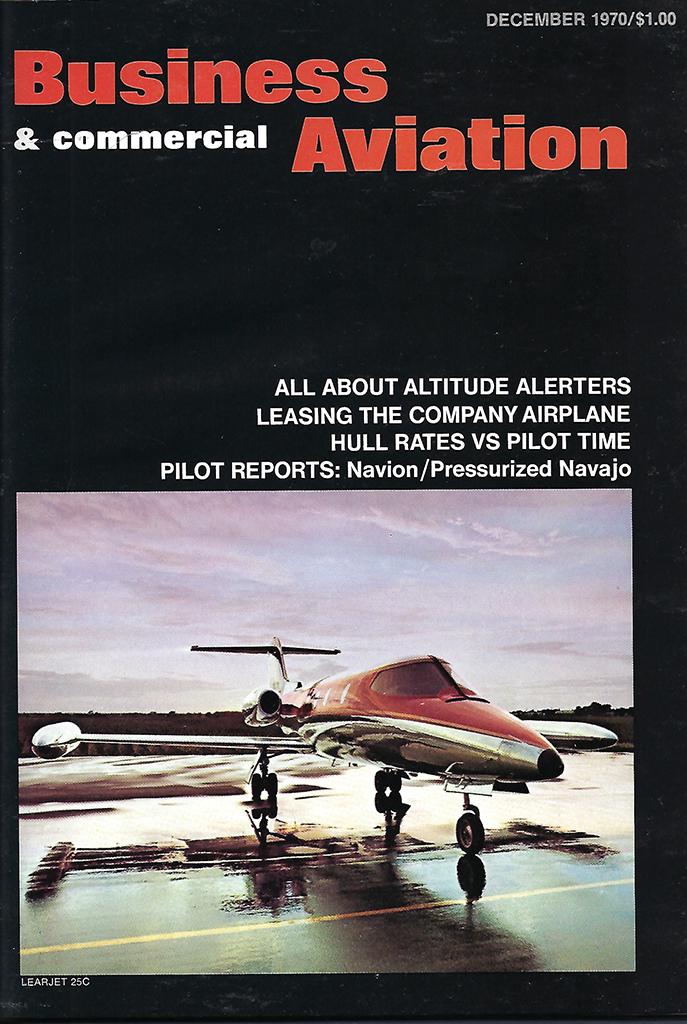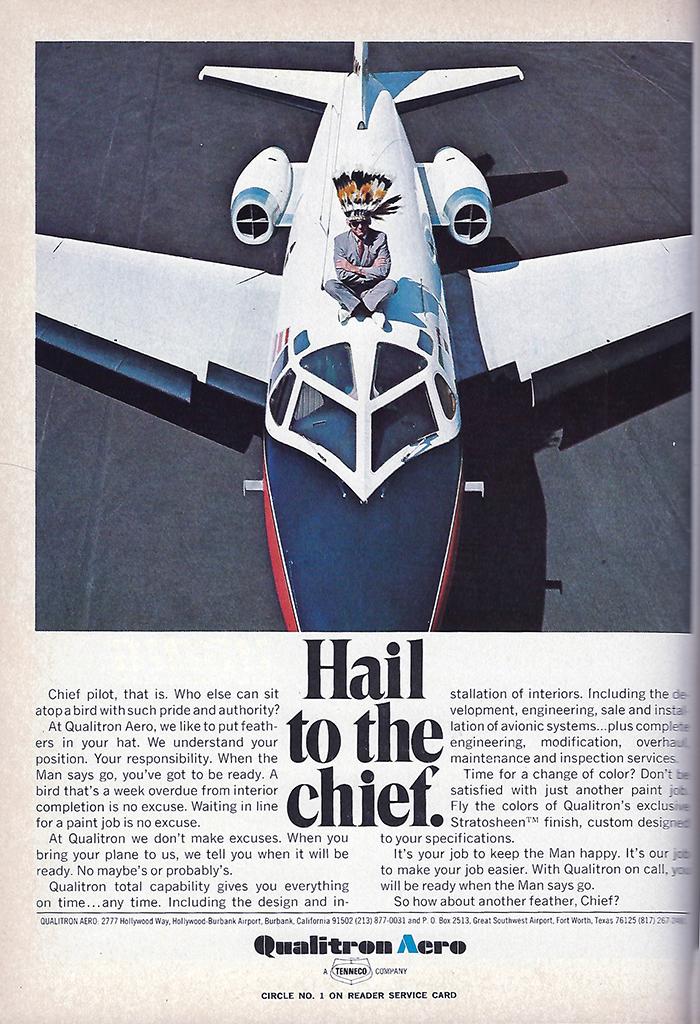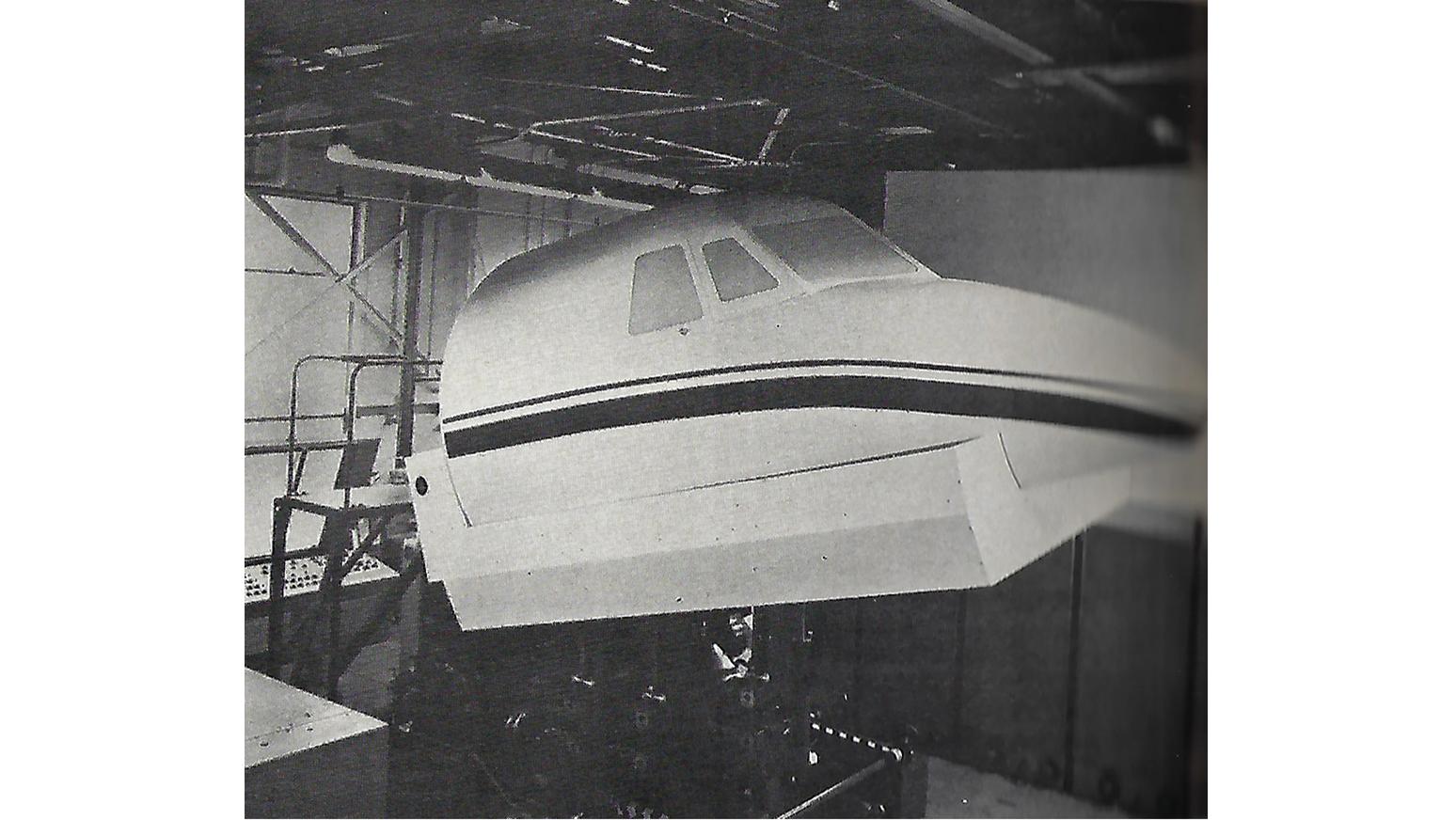
There’s no doubt that operating to more stringent regulations is going to increase costs. Coming at this time, it will be particularly bad. —BCA Staff
It is presuming on safety to operate any large airplane in accordance with the bare minimums of Part 91. . . . It is about time we took a hard and objective look at the general aviation operating regulations and measure their validity . . . .
Fulminating Females: From ATRs to parachute riggers, women are fast making inroads into the skies of private aviation. Sans the fulmination of the Lib Ladies, more than 29,000 women held pilot certificates at the end of last year, more than three times as many as a decade earlier. Some 3,500 additional women work in aviation as mechanics, ground instructors, dispatchers, control tower operators, flight engineers and flight navigators. California, Texas and Illinois, with 3,448 women active in aviation, lead the country in female participation.
Simulator with all the moves: FlightSafety’s new Gulfstream I trainer is hinged in three axes, permitting motion in roll, pitch and heave. It is designed for initial transition and refresher training.
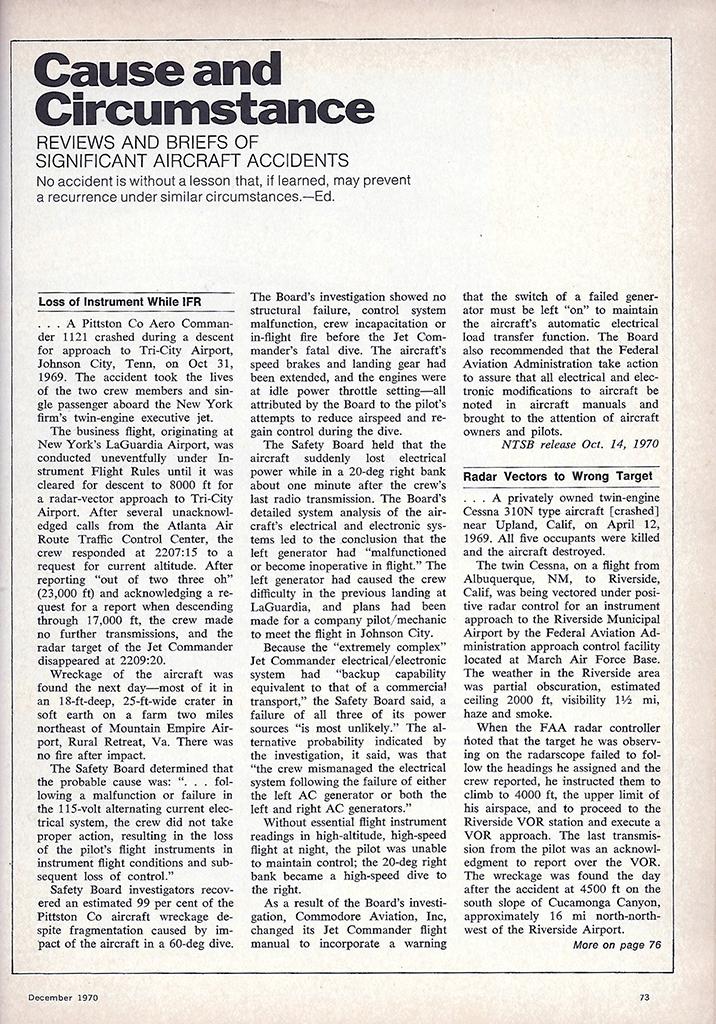
The first BCA “Cause & Circumstance” appeared in the December 1970 issue. Originally, it was almost a verbatim recap of the NTSB releases. Over the years, the column took on the personality of its many authors who would try to make sense of the accident and extract “lessons learned.”
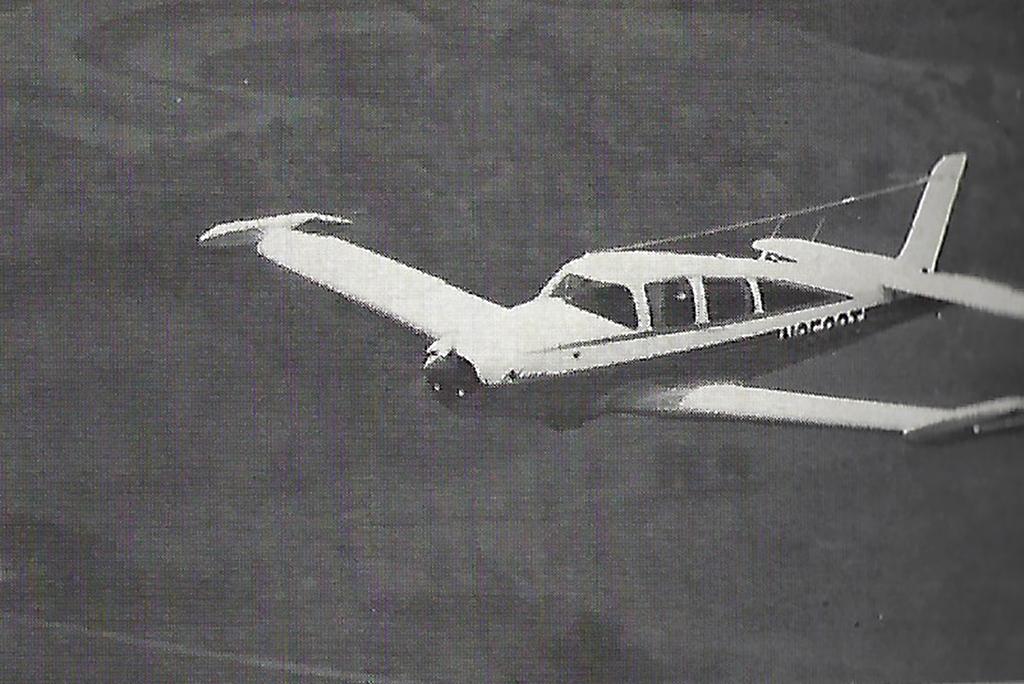
Navion Aircraft’s one airplane is the last of the 250 Rangemasters produced since 1961. The Rangemaster in turn is the latest version to date of the Navion.

With 5.5-psi differential, the Navajo’s pressurization system gives a sea-level cabin up to 12,375 ft. and a 10,000-ft. cabin at 29,000 ft. The wing is a laminar section with a 2.5-deg. geometric twist.
